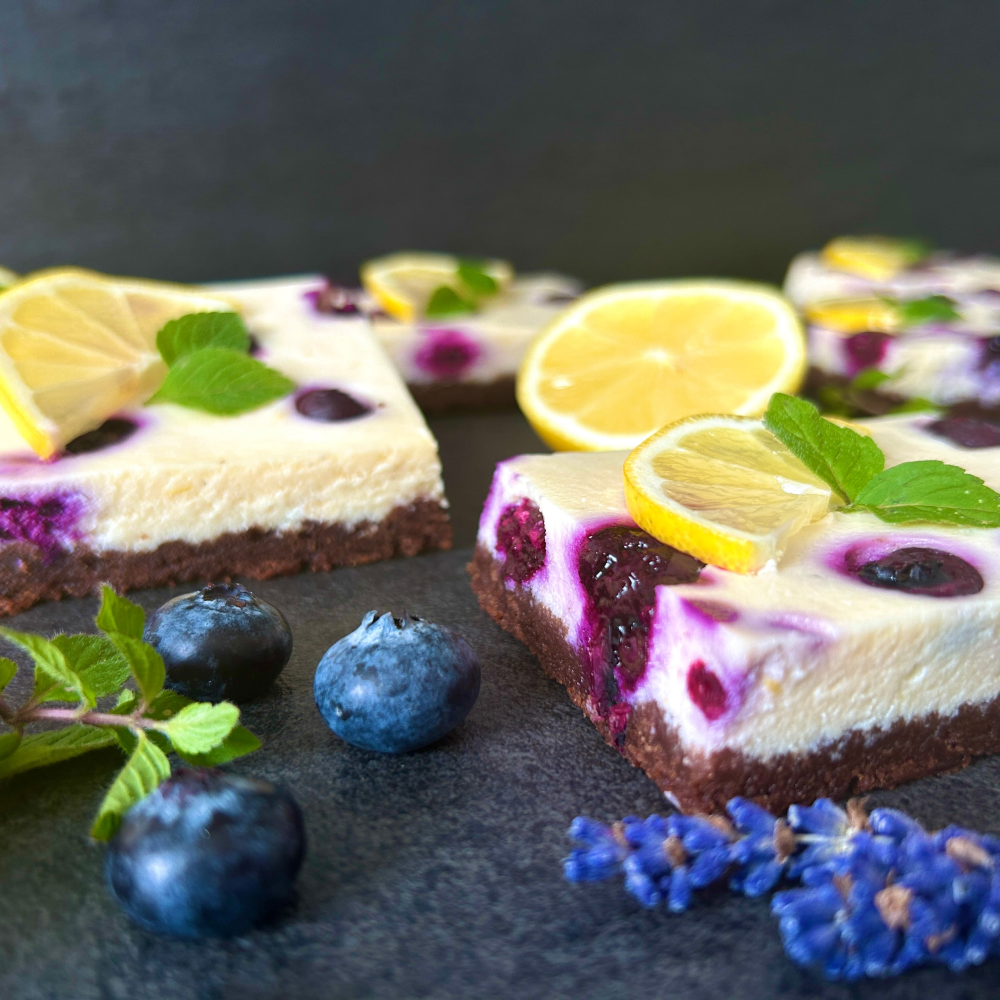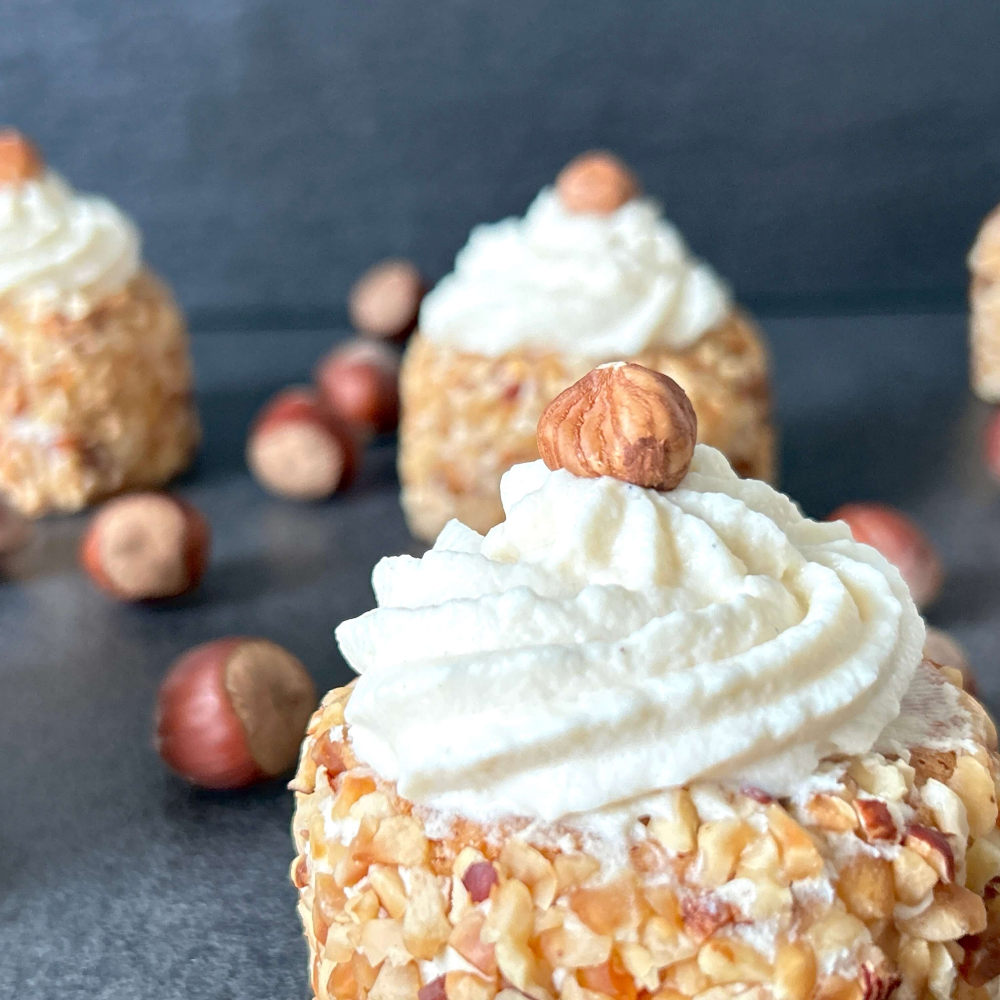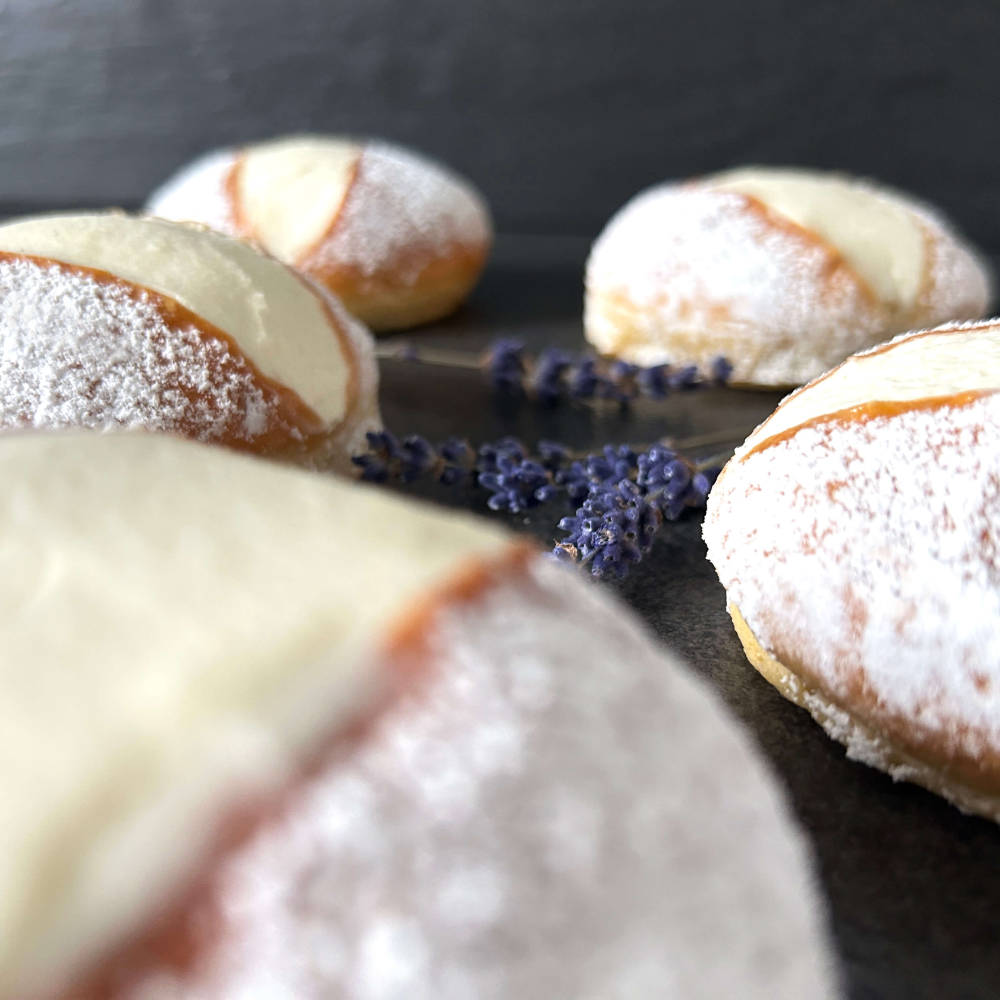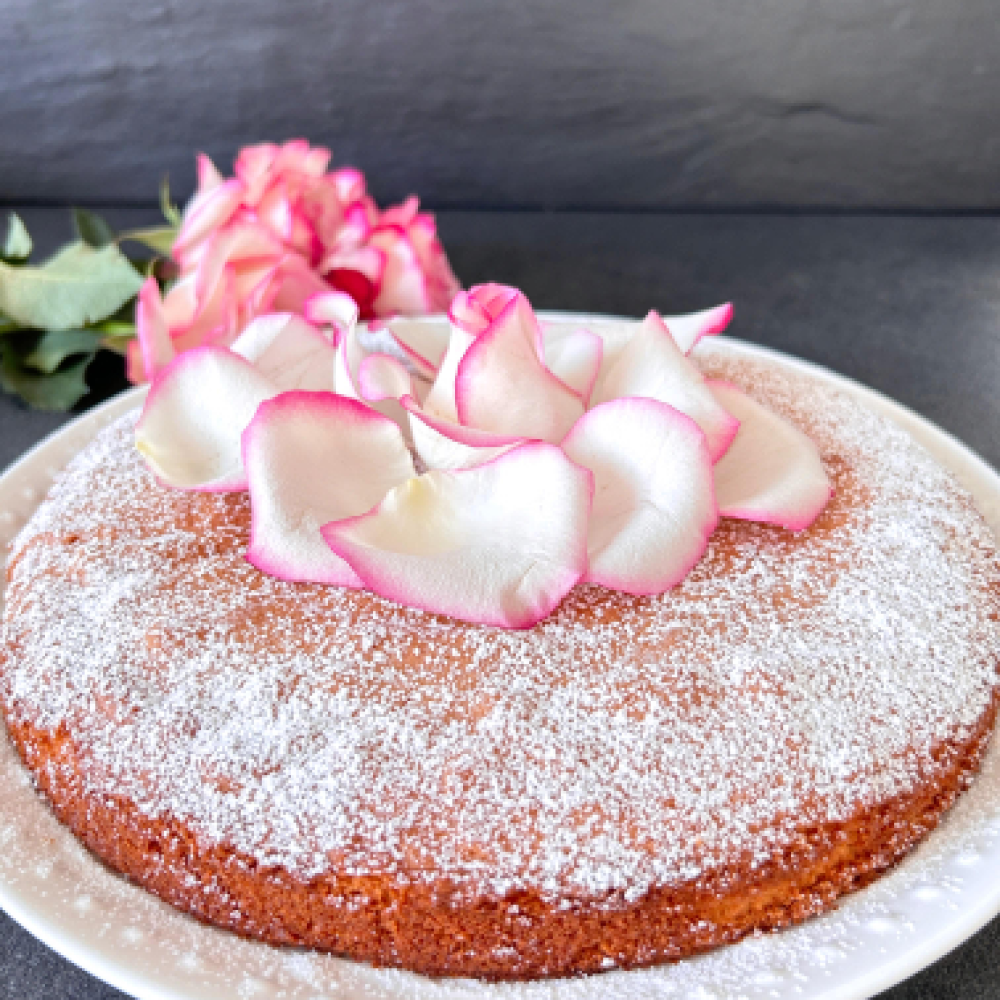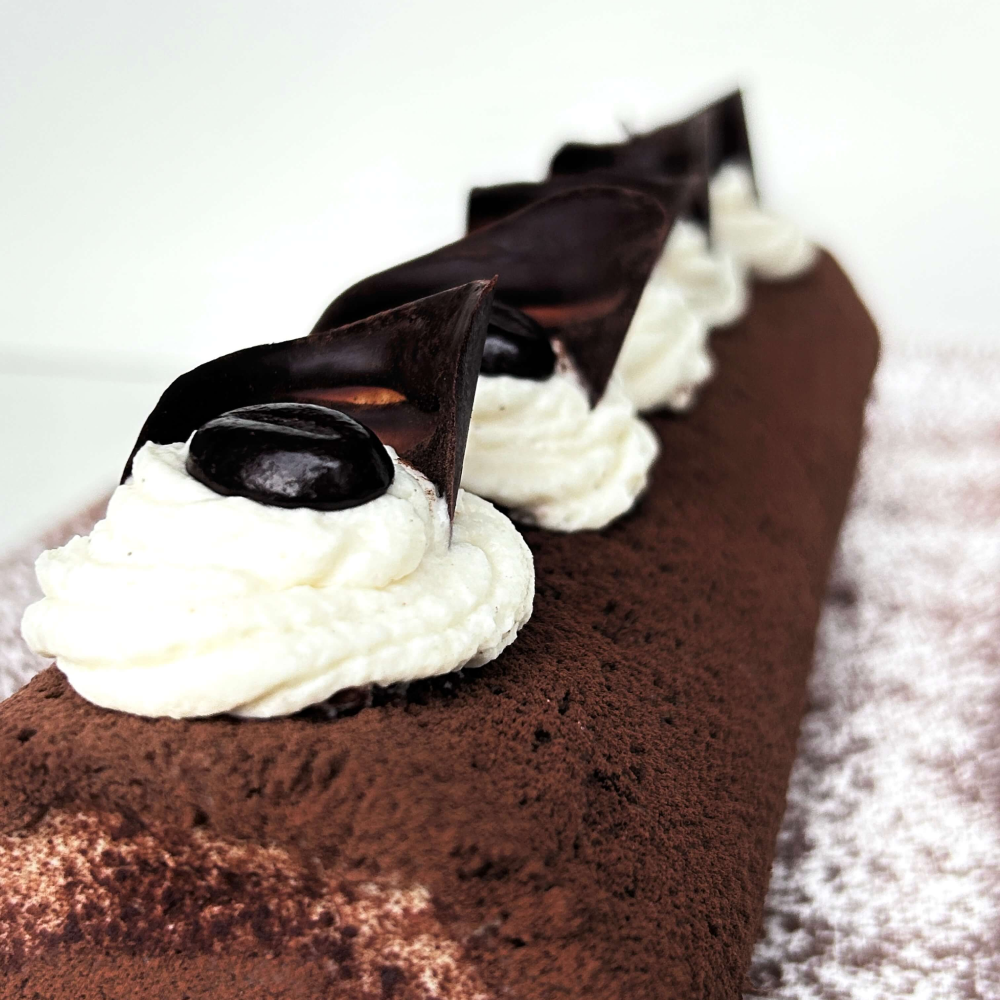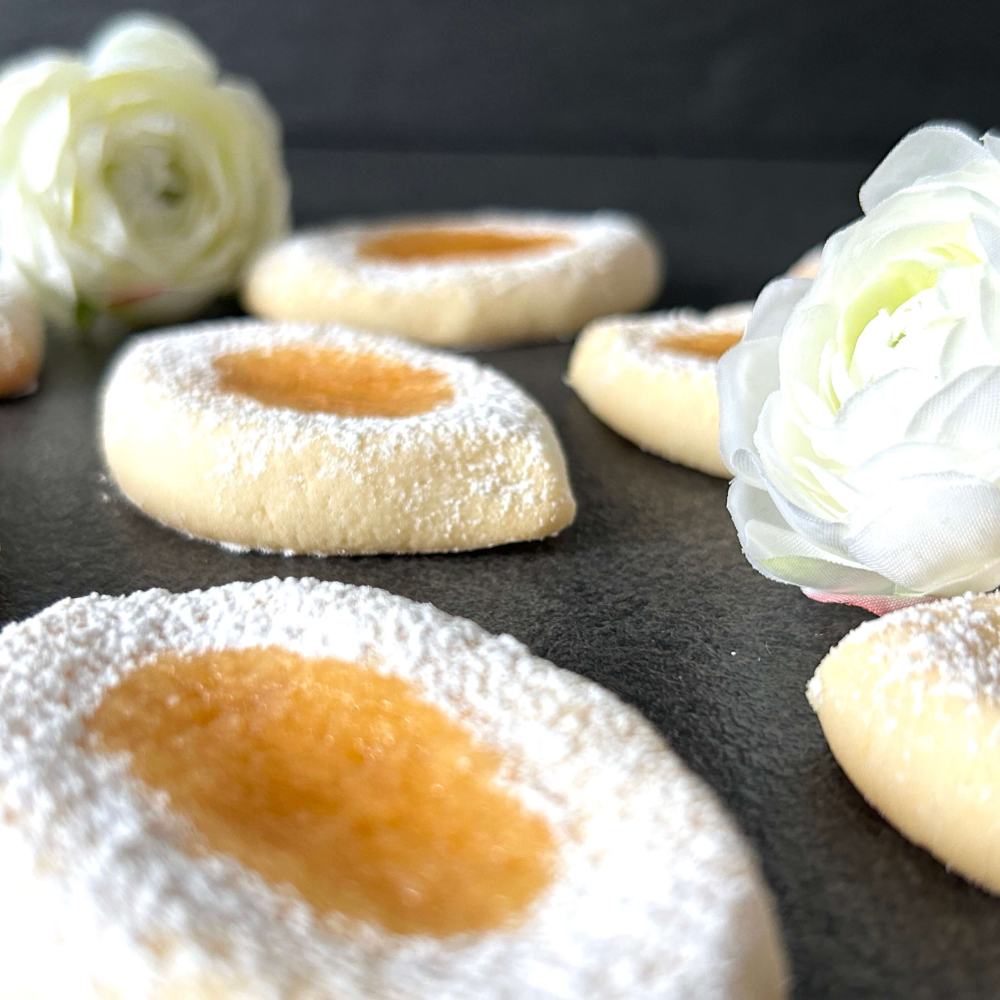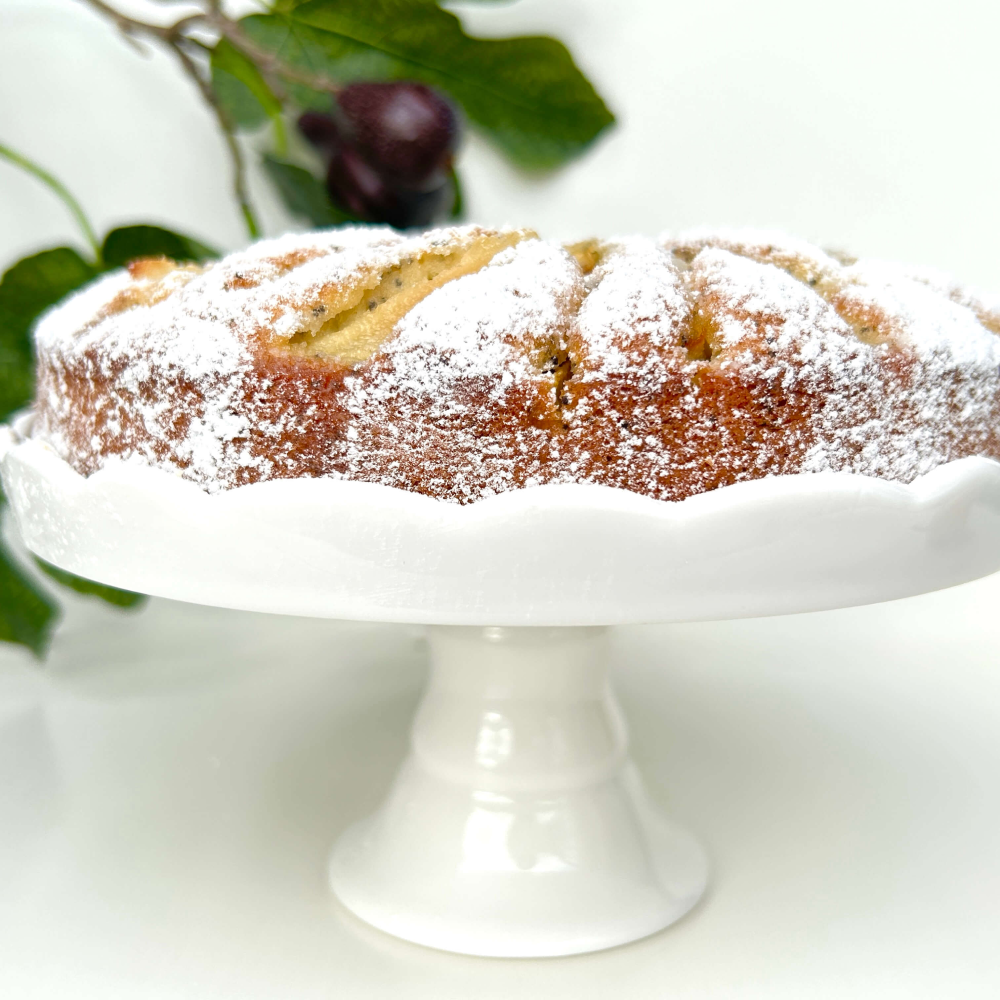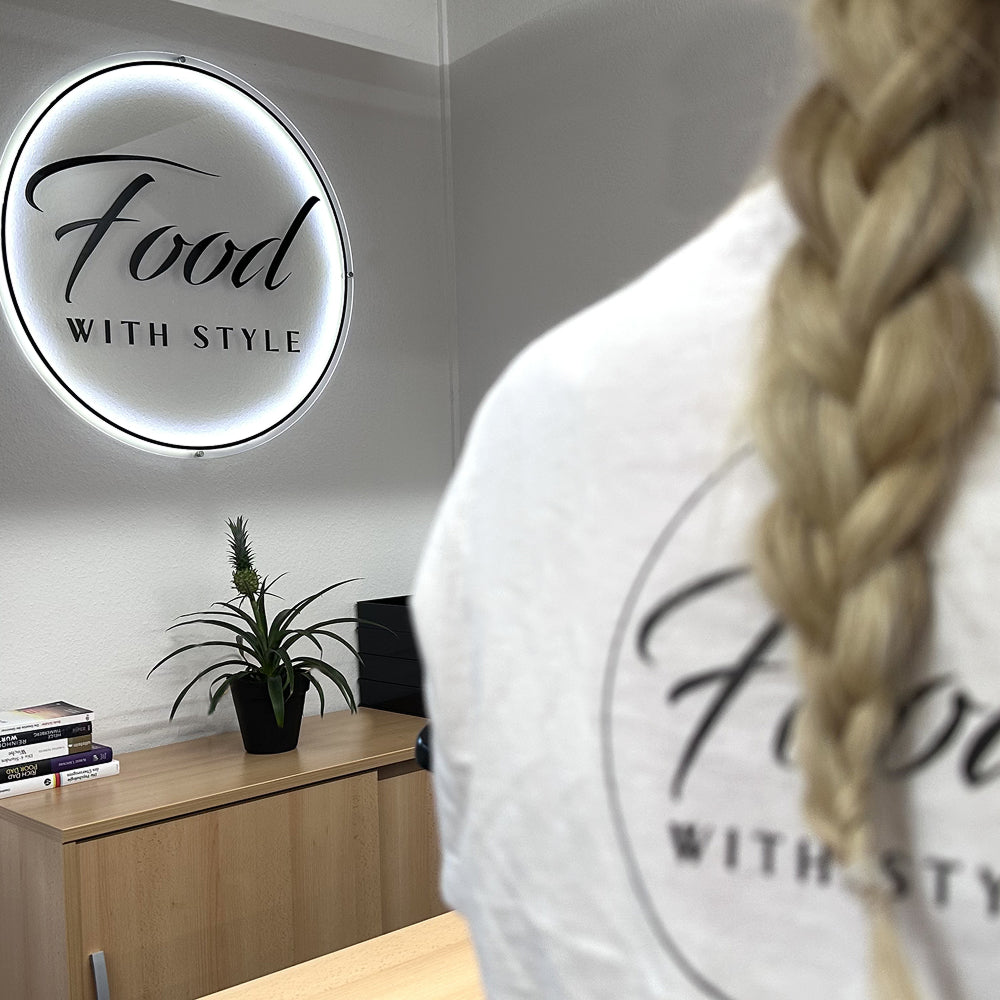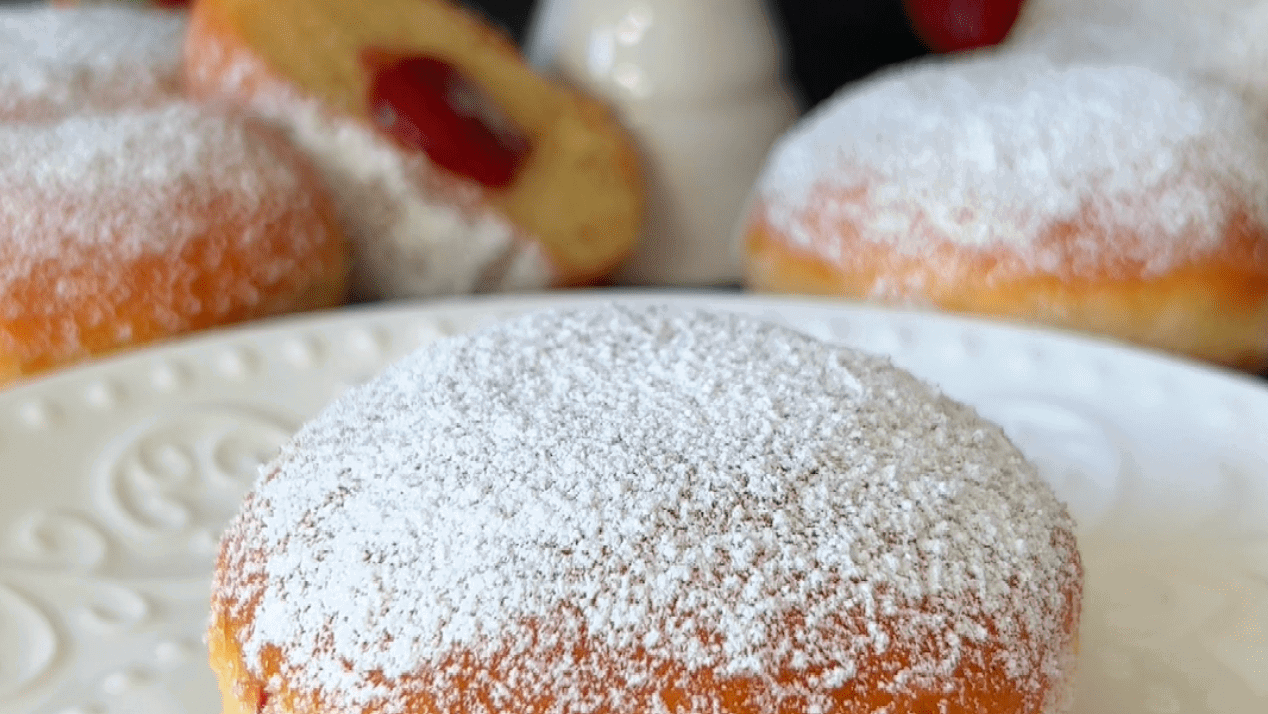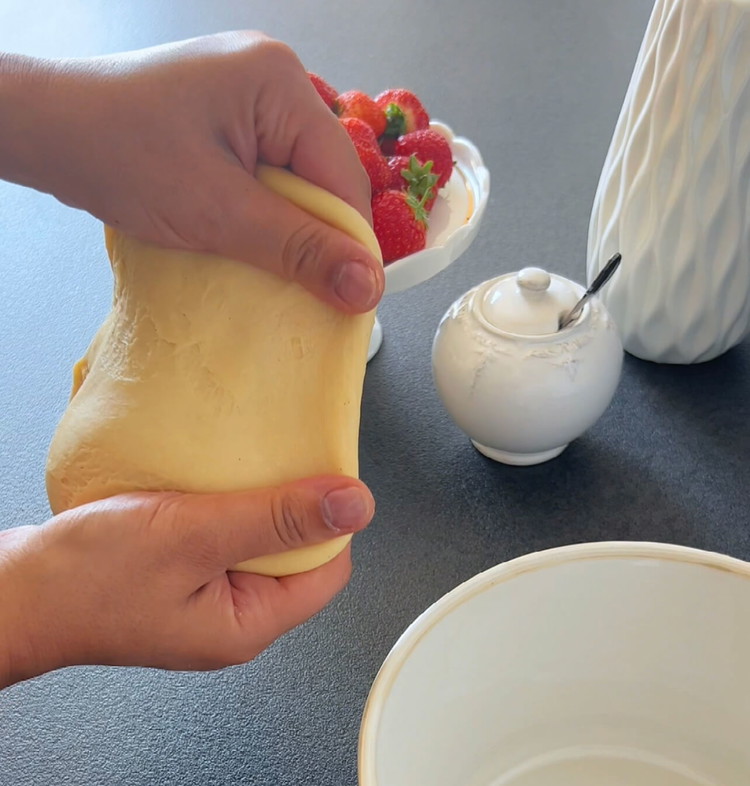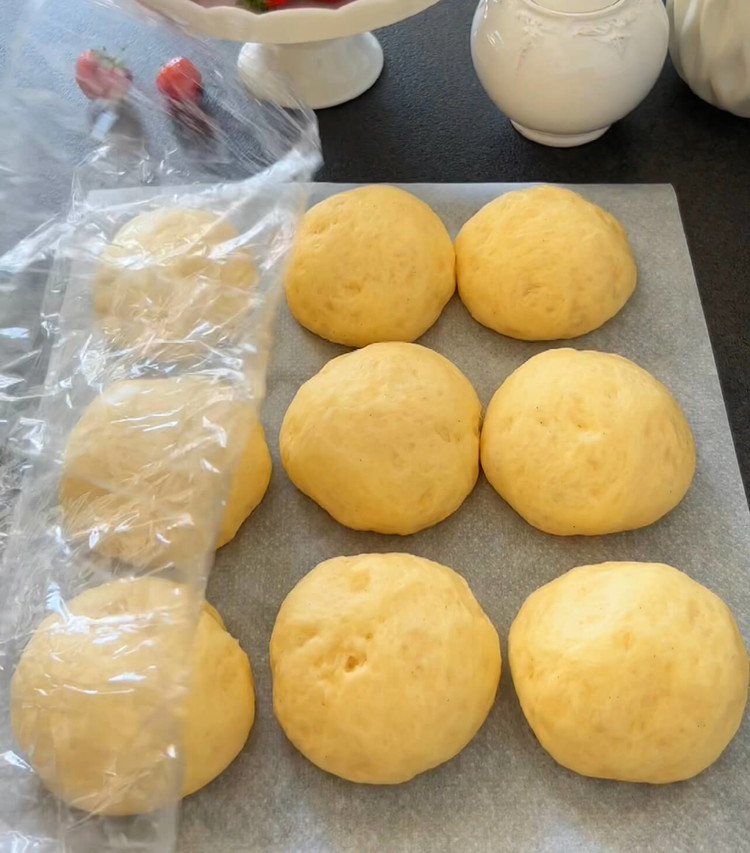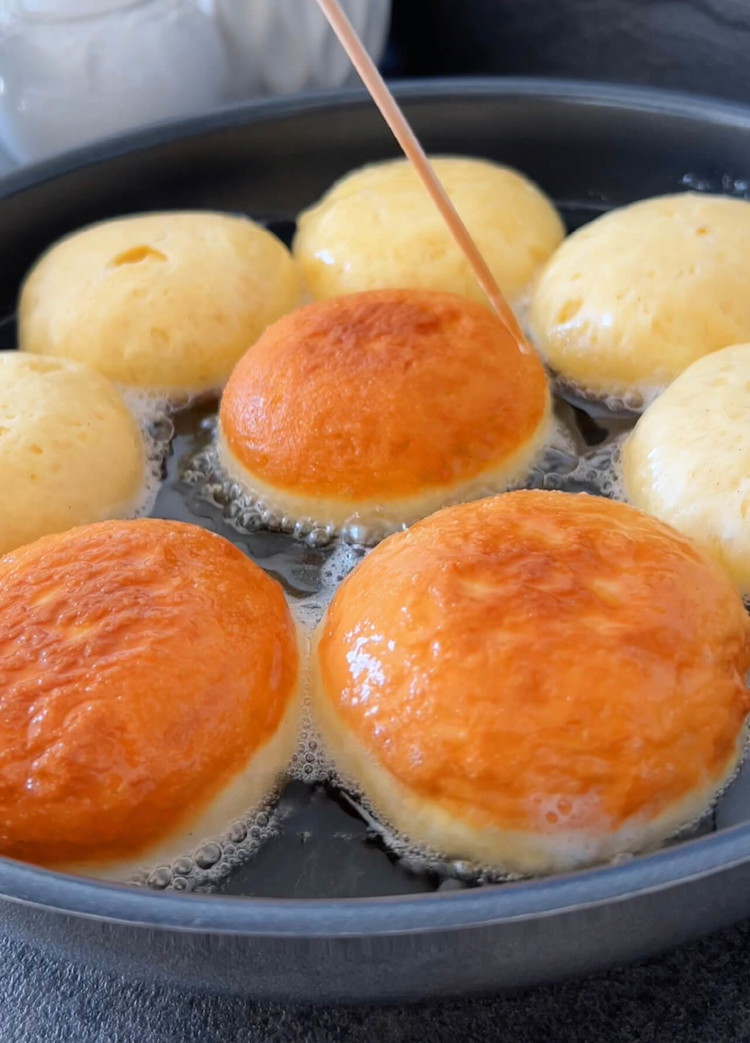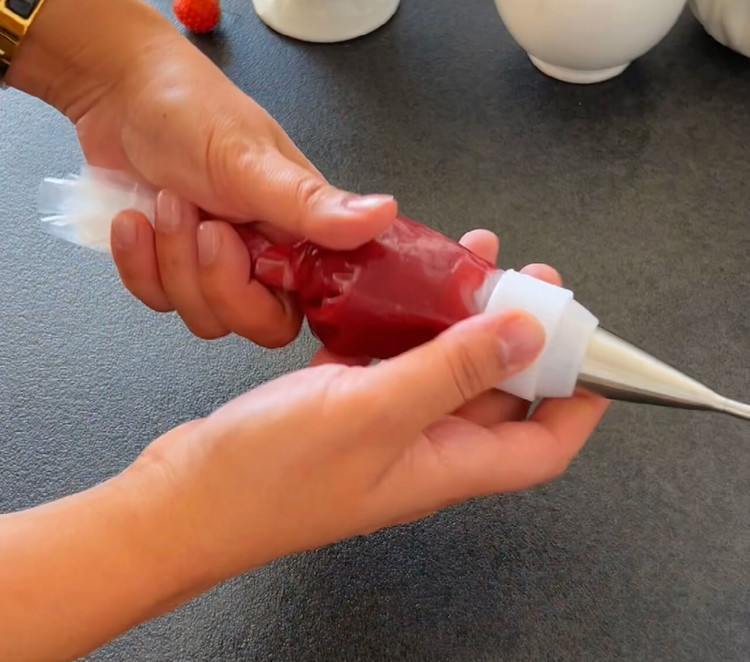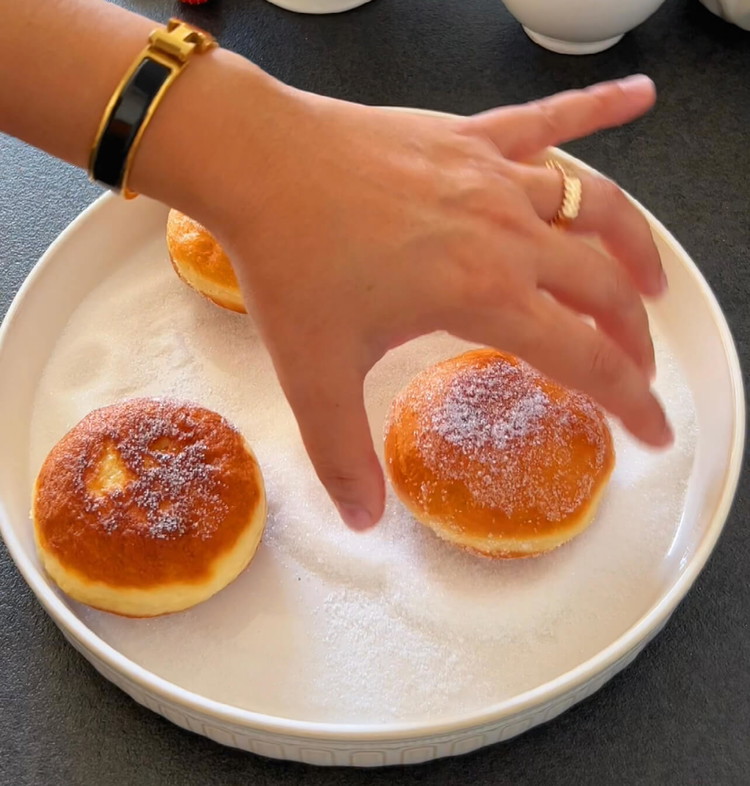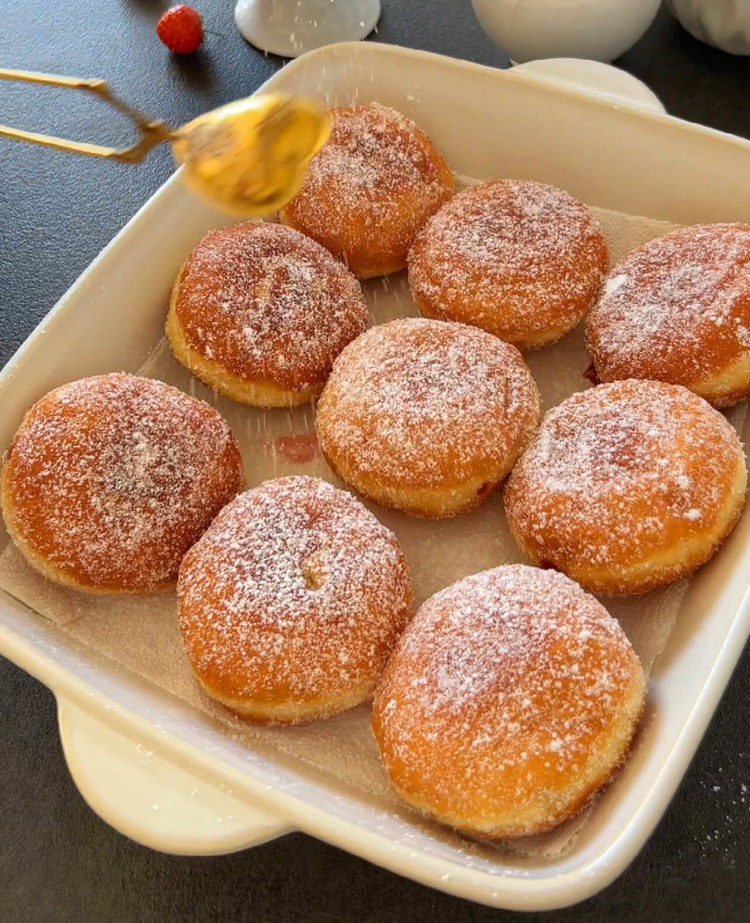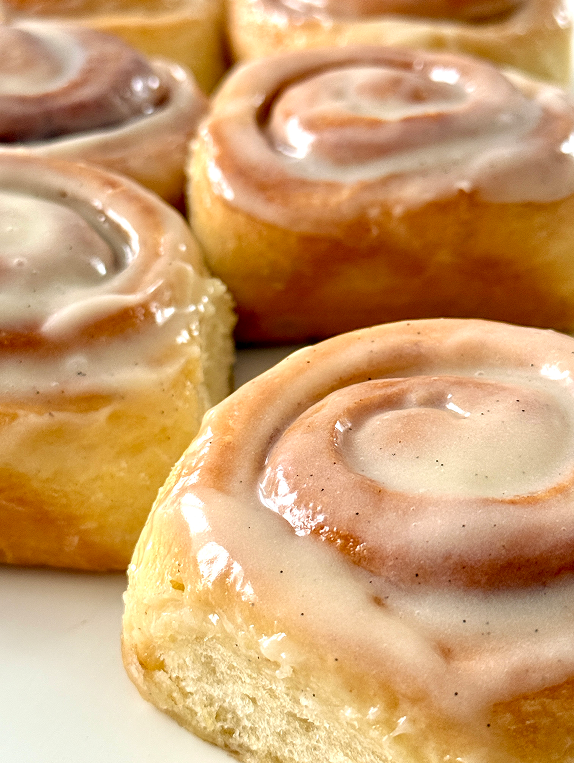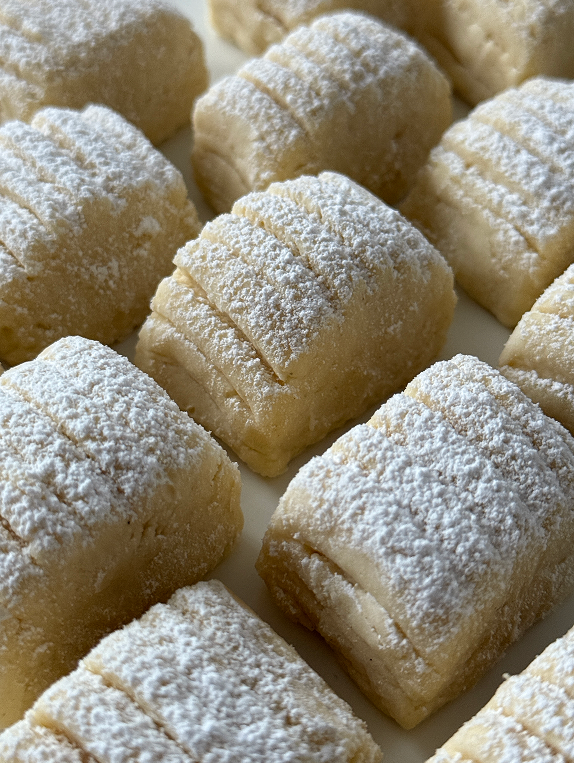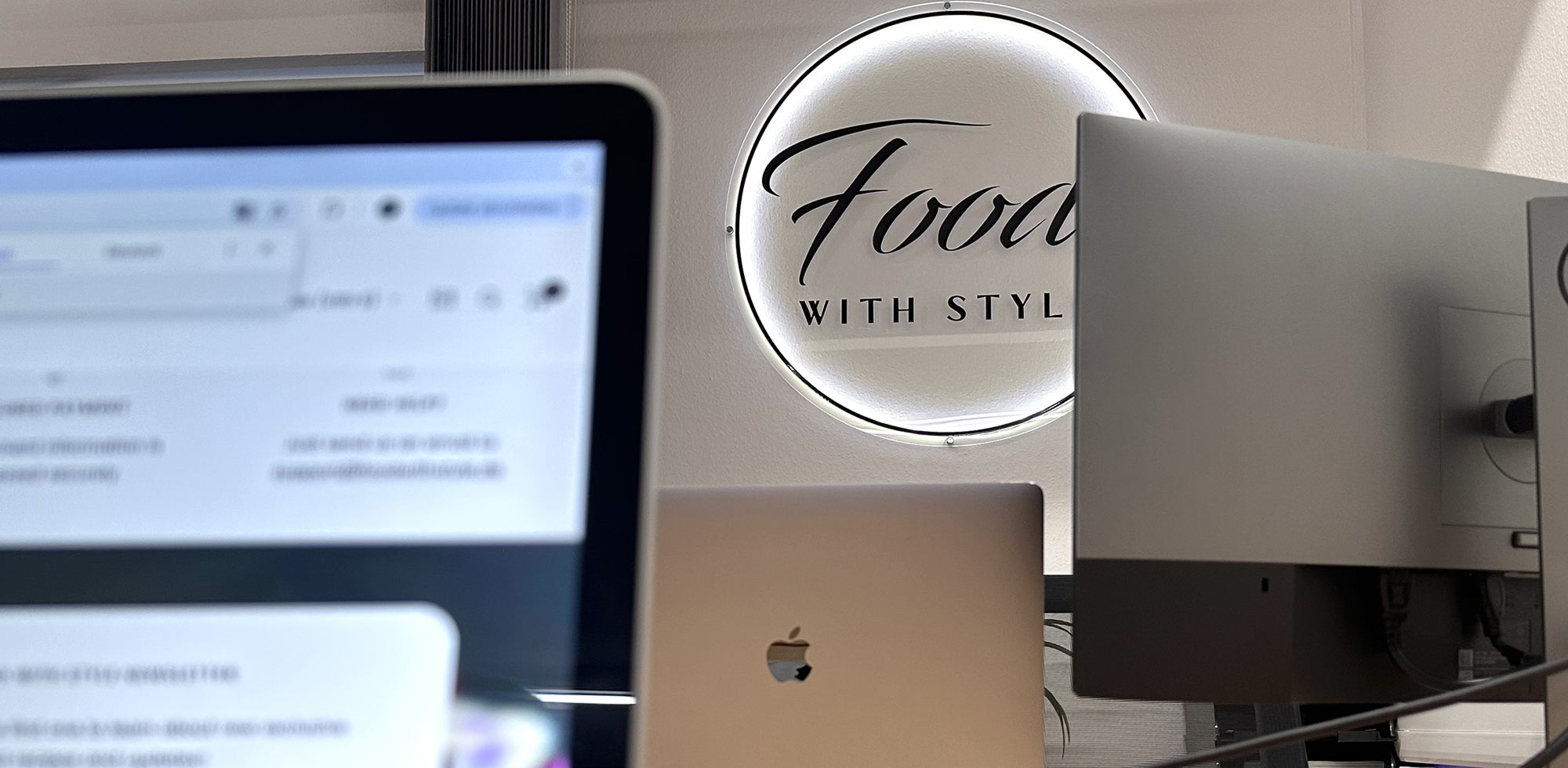Achieving the perfect Berliner dough requires attention to detail, but with a few tips, you can ensure flawless results every time. First, ensure your yeast is fresh and active; a good indication is its ability to froth when dissolved in warm milk with sugar. Temperature is crucial; all your ingredients, such as milk, butter, and eggs, should be at room temperature to facilitate proper blending. Knead your dough thoroughly until it becomes elastic, which could take 10–15 minutes in a mixer or 15-20 by hand. Proper resting is key; let the dough rise in a warm place, covered, until it has doubled in size to develop its flavors. Lastly, for frying, maintain a consistent oil temperature (160-170°C) to avoid greasy, undercooked, or burnt Berliners. Utilize a thermometer to keep track of the temperature, and fry in batches to maintain heat. Following these guidelines will help you create delicious, fluffy Berliners every time.

